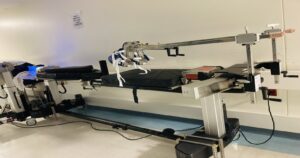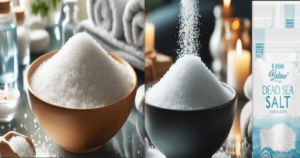Arnica gel is a topical treatment made from the Arnica Montana plant, used for its purported anti-inflammatory properties and is often applied to the skin to relieve muscle aches, joint pain, bruises, and swelling. Commonly used in homeopathic and alternative medicine practices and is more of a herbal treatment.
Voltaren gel is a topical medication containing the active ingredient diclofenac sodium, which is a nonsteroidal anti-inflammatory drug (NSAID). It’s used to relieve pain, inflammation, and swelling caused by conditions such as osteoarthritis, rheumatoid arthritis, and certain types of acute injuries, like strains and sprains. Voltaren gel works by inhibiting the production of prostaglandins, substances in the body that play a role in pain and inflammation.
Differences between Arnica gel and Voltaren gel
| Arnica Gel | Voltaren Gel |
|---|---|
| Active Ingredient: Arnica montana extract | Active Ingredient: Diclofenac sodium |
| Anti-inflammatory, analgesic, anti-bruising properties | NSAID (Nonsteroidalanti- inflammatory drug) |
| Relieves muscle aches, joint, pain, bruising, swelling | Relieves muscle and joint pain, inflammation, and swelling |
| Works by reducing inflammation, promoting circulation, and accelerating healing | Inhibits the production of prostaglandins, reducing inflammation and pain |
| Safe when used as directed, allergic reactions may occur | Common side effects include skin irritation, rash, dermatitis, or allergic reactions |
| Avoid use on broken skin or open wounds | Should not be applied to damaged or broken skin, |
| Come from a herb Arnica montana plant | Come from a chemical name 2-(2,6-dichloranilino) phenylacetic acid |
Arnica gel contains Arnica montana extract and works primarily through anti-inflammatory and analgesic properties. It’s commonly used for relieving muscle aches, joint pain, bruising, and swelling.
Voltaren gel contains diclofenac sodium, a nonsteroidal anti-inflammatory drug (NSAID). It works by inhibiting the production of prostaglandins, thereby reducing inflammation and pain. It’s used for relieving muscle and joint pain, inflammation, and swelling.
Ingredients of Arnica gel vs the Ingredients of Voltaren Gel
Arnica gel ingredients
Do you know that Arnica gel got its ingredients from the Arnica montana plant.

This plant a native to Europe and west Asia found in America, Mexico and Siberia. Aromatic herb of the Alpine species grow wild in mountainous regions, thriving in cool conditions,
In 1987, the German Commission E granted approval for the external application of arnica flowers and their preparations. This approval encompassed a range of uses, including treating injuries and aftermath of accidents such as bruises, dislocations, hematoma, swelling resulting from fractures, as well as addressing rheumatic muscle and joint issues. Additionally, it was approved for managing inflammation in the oral and throat regions, treating boils, inflammation due to insect bites, and superficial phlebitis.

In the US the FDA classifies Arnica Montana as an unsafe herb and cautions against using it orally or applied to broken skin where absorption can occur.
Voltaren Gel ingredients
Voltaren Gel is a topical medication used to relieve pain and inflammation caused by arthritis or other inflammatory conditions. The active ingredient in Voltaren Gel is diclofenac sodium, which is a nonsteroidal anti-inflammatory drug (NSAID).
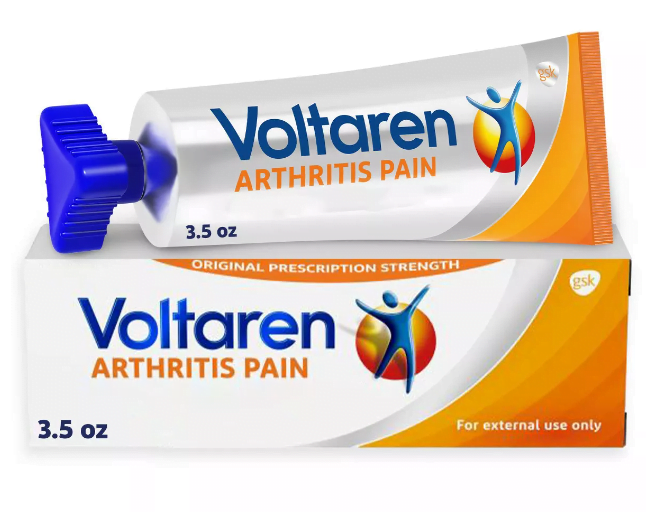
Diclofenac sodium is typically found in a concentration of 1% in Voltaren Gel.
Active Ingredients: Diclofenac sodium (NSAID†) 1% (equivalent to 0.93% diclofenac) – Arthritis pain reliever. Nonsteroidal anti-inflammatory drug.
Inactive Ingredients: Carbomer homopolymer Type C, cocoyl caprylocaprate, fragrance, isopropyl alcohol, mineral oil, polyoxyl 20 cetostearyl ether, propylene glycol, purified water, strong ammonia solution.
Medical Conditions Arnica Gel and Voltaren Gel are use to treat
| Use | Description |
|---|---|
| Bruises | Arnica gel is often used topically to reduce the appearance of bruises and promote healing. |
| Muscle soreness | It may help alleviate muscle soreness and stiffness when applied to affected areas. |
| Swelling | Arnica gel is believed to have anti-inflammatory properties, which can help reduce swelling. |
| Joint pain | Some people use Arnica gel to relieve minor joint pain, such as that caused by arthritis. |
| Sprains and strains | It’s commonly applied to sprains and strains to reduce pain and promote recovery. |
| Insect bites | Arnica gel may provide relief from itching, swelling, and pain associated with insect bites. |
| Minor burns and cuts | It’s sometimes used to soothe minor burns and cuts, although it should not be applied to open wounds. |
- Bruising: Arnica is often used topically to reduce the appearance and discomfort associated with bruising.
- Muscle soreness: It’s commonly used to alleviate muscle soreness and stiffness, especially after physical exertion or injury.
- Joint pain: Arnica may provide relief for joint pain, particularly in conditions like arthritis.
- Swelling: Topical arnica preparations may help reduce localized swelling and inflammation.
Uses of Voltaren Gel
| Conditions | Description |
|---|---|
| Osteoarthritis | Pain relief and reduction of inflammation in affected joints |
| Rheumatoid arthritis | Alleviation of joint pain and swelling |
| Sprains and strains | Relief of pain and improvement in mobility |
| Tendonitis | Reduction of pain and inflammation in affected tendons |
| Bursitis | Relief of pain and swelling in affected bursae |
- Osteoarthritis: Voltaren gel is frequently prescribed for the relief of osteoarthritis pain in joints such as the knees, hands, and hips.
- Rheumatoid arthritis: It can also be used to manage pain and inflammation associated with rheumatoid arthritis.
- Sprains and strains: Voltaren gel may help reduce pain and swelling in soft tissue injuries like sprains and strains.
- Tendonitis: It can be effective in easing the pain and inflammation associated with tendonitis.
- Bursitis: Voltaren gel can help alleviate pain and swelling caused by bursitis, an inflammation of the bursae (small fluid-filled sacs that cushion the joints).
Is Arnica Gel better than Voltaren Gel
According to research done in Publish in 2021 https://www.mdpi.com/2305-6320/8/10/58
1. Arnica presents comparable activity to standard medications such as ibuprofen and diclofenac for pain management: This part suggests that Arnica, a plant-based remedy often used in alternative medicine, has shown effectiveness in managing pain similar to conventional medications like ibuprofen and diclofenac. Ibuprofen and diclofenac are nonsteroidal anti-inflammatory drugs (NSAIDs) commonly used to relieve pain and reduce inflammation.
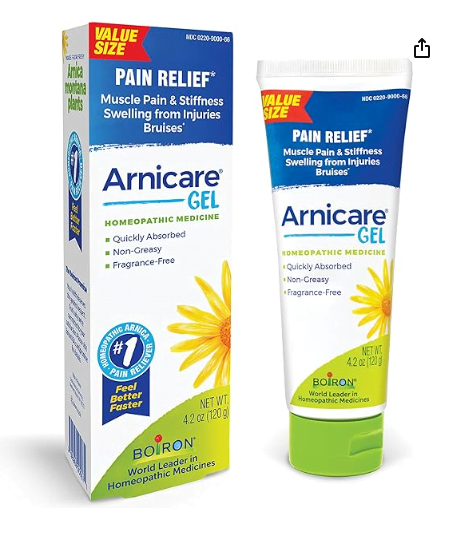
May be a better-tolerated alternative to diclofenac and opioids: Here, it’s implied that Arnica might have advantages over diclofenac and opioids in terms of tolerability.
Diclofenac is known to have side effects such as gastrointestinal issues and cardiovascular risks, while opioids are notorious for their potential for addiction and overdose. This statement suggests that Arnica might cause fewer adverse effects compared to diclofenac and opioids, making it a potentially safer option for pain management.
Arnica shows promise as a pain management option that could rival conventional medications like ibuprofen and diclofenac while potentially offering better tolerability.
How Arnica Gel works Mechanisms and Action
1. Anti-inflammatory Properties:
- Arnica exhibits anti-inflammatory effects by reducing the production of inflammatory mediators like nitric oxide (NO), tumor necrosis factor-alpha
- It inhibits the expression of intracellular cell adhesion molecule (ICAM-1) induced by TNF-α.
- Arnica gel massage reduces the density of polymorphonuclear cells, indicating an inflammatory response reduction.
- It attenuates edema, mast cell degranulation, and increases lymphatic vessel diameter.
2. Anti-microbial Properties:
- While the mechanism is not fully understood, Arnica has been traditionally used for infections, especially dental and oral infections.
- Animal studies have shown anti-microbial properties, and clinical data in humans are limited.
3. Antioxidant Activity:
- Arnica exhibits high antioxidant capacity, oxygen radical absorbance capacity, and free radical-scavenging activity.
- It prevents oxidative damage induced by hydrogen peroxide and morphological changes in cells.
4. Active Components:
- Arnica contains over 150 bioactive components, including sesquiterpene lactones, flavonoids, volatile oils, coumarins, helenalin, carotenoids, diterpene alcohols, arnidiol, pyrrolizidine alkaloids, phenolic acids, essential oils, oligosaccharides, and lignans.
5. Immunomodulatory Effects:
- Arnica promotes phagocytosis and the production of TNF-α in immune cells.
- Helenalin, a primary active component, exhibits anti-inflammatory and immunosuppressive effects by inducing apoptosis, inhibiting CD-4+ T cell proliferation, and inhibiting the activation of NF-κB in various cell types.
- High concentrations of sesquiterpene lactones suppress IL-12 production and NF-κB activation in dendritic cells, while low concentrations exhibit immunostimulatory effects.
6. Wound Healing and Lesion Improvement:
- Arnica tincture shows better resolution and wound healing in cutaneous leishmaniasis compared to standard treatment.
- Improvement in pododermatitis infection and edema in captive penguins treated with oral Arnica and Calcarea is observed.
Dosage and application of Arnica gel and Voltaren gel
Dosage of Arnica
| Age Group | Application Instructions |
|---|---|
| Adults: Up to 3-4 times daily | Apply a small amount topically to affected area |
| Children (2 years and older)Up to 3-4 times daily | Apply a small amount topically to affected area |
|---|
Dosage and application of Voltaren gel
Do not exceed 32 g per day, overall affected joints. Voltaren Gel should be measured onto the enclosed dosing card to the appropriate 2 g or 4 g designation
Make sure to use dosing card that come with the product.
Video compliments Voltaren
| Dosage (per application) | Maximum Daily Dosage |
|---|---|
| Lower Extremities 4 g | 4 times daily 16 g |
| Upper Extremities 2 g | 4 times daily 8 g |
Remember, the total daily dose should not exceed 32 g per day, considering all affected joints.
Disadvantages of Arnica gel vs Voltaren gel
| Arnica Gel | Voltaren Gel |
|---|---|
| Arnica montana extract | Diclofenac sodium |
| May offer limited relief for minor aches and pains | Effective for various types of pain and inflammation |
| Limited anti-inflammatory effects compared to Voltaren | Contains potent anti-inflammatory drug, diclofenac sodium |
| Minimal reported side effects | Potential for skin irritation, rash, or allergic reactions; systemic side effects with prolonged use |
| Generally available over-the-counter | May require a prescription in some regions |
| Typically suitable for minor injuries and sore muscles | Primarily used for conditions involving inflammation such as arthritis |
| Generally less expensive | May be more costly |
9 Drugs that interacts with Voltaren gel
1. Asprin:
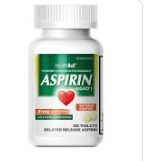
- Reduced binding of diclofenac to protein.
- Increased potential for adverse effects.
2. Oral Nonsteroidal Anti-inflammatory Drugs

- Concomitant use with Voltaren Gel may increase adverse NSAID effects.
- Avoid simultaneous use with oral NSAIDs and diclofenac sodium,
3. Anticoagulants:
- Synergistic effect on GI bleeding when used concomitantly with warfarin and NSAIDs.

4. ACE-Inhibitors:
- Diminished antihypertensive effect of ACE inhibitors when used with NSAIDs.
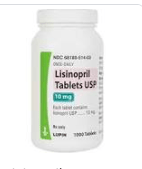
5. Diuretics:
- Reduced natriuretic effect of furosemide and thiazides when used with NSAIDs.
- Close monitoring for signs of renal failure necessary.

6. Lithium:
- Elevated plasma lithium levels and reduced renal clearance when used with NSAIDs.
- Close monitoring for signs of lithium toxicity.
7. Methotrexate:
- Potential enhancement of methotrexate toxicity when used with NSAIDs.
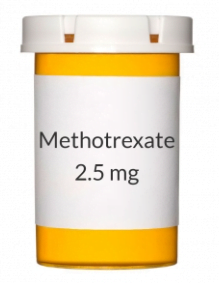
8. Cyclosporine:
- Increased nephrotoxicity of cyclosporine when used concomitantly with NSAIDs.
9. Topical Treatments:
- Avoid concomitant use of Voltaren® Gel with other topical products to prevent alterations in local tolerability and absorption.
General guidelines for using Arnica and Voltaren gel topically
Arnica
1. Follow the instructions provided on the product label carefully. This includes information on dosage, frequency of application, and any precautions or warnings.
2. Start with a small amount of Arnica cream or gel and test it on a small patch of skin to check for any adverse reactions or sensitivity before applying it more widely.
3. Avoid applying Arnica to broken skin or open wounds, as it may cause irritation or other adverse effects.
4. Discontinue use if you experience any allergic reactions, irritation, or worsening of symptoms after applying Arnica
5. Consult with a healthcare professional, particularly if you have any underlying health conditions, are pregnant or breastfeeding, or are taking other medications, to ensure that Arnica is safe for you to use.
6. Keep in mind that while Arnica may provide temporary relief from muscle soreness or discomfort, it’s not a substitute for proper rest, hydration, and recovery after intense physical activity.
Voltaren
1. Read the Label: Always read the product label and follow the instructions provided by the manufacturer or your healthcare provider. Pay attention to dosage recommendations, frequency of application, and any specific precautions or warnings.
2. Apply to Intact Skin: Voltaren gel or cream should be applied only to intact skin. Avoid applying it to broken, damaged, or irritated skin, as it may cause irritation or other adverse effects.
3. Wash Hands: Wash your hands before and after applying Voltaren to prevent inadvertently transferring it to other parts of your body or causing irritation to sensitive areas such as the eyes or mucous membranes.
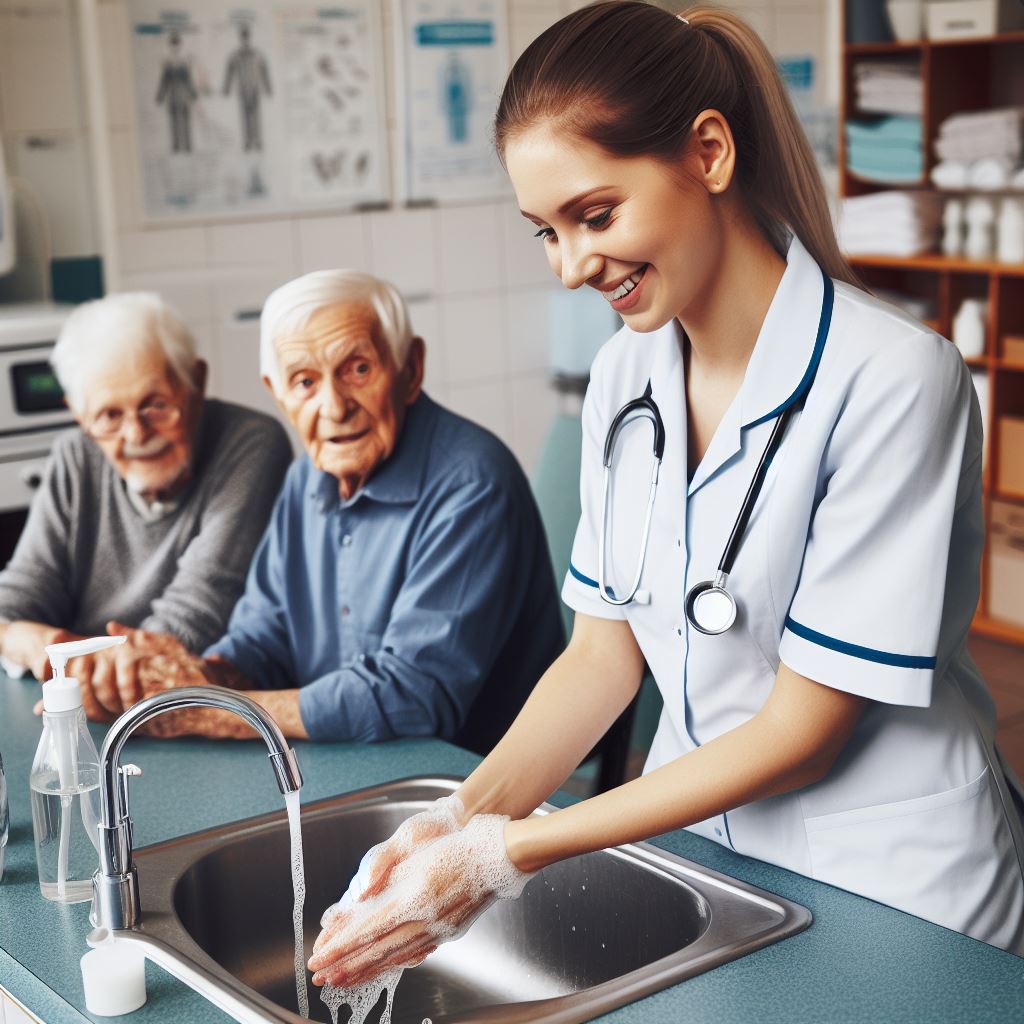
4. Use the Appropriate Amount: Use the recommended amount of Voltaren gel or cream as directed by your healthcare provider. Avoid using more than the recommended dose, as this can increase the risk of side effects without providing additional benefit.
5. Apply to Affected Area: Apply Voltaren gel or cream to the affected area(s) of the skin, such as joints, muscles, or other areas experiencing pain or inflammation. Gently massage the gel or cream into the skin until it is absorbed.
6. Limit Application Frequency: Use Voltaren gel or cream as directed by your healthcare provider. Generally, it’s recommended to apply it 3-4 times daily, but this may vary depending on your specific condition and the severity of your symptoms.
7. Avoid Sun Exposure: After applying Voltaren gel or cream, avoid exposure to sunlight or artificial UV rays, as diclofenac can increase the skin’s sensitivity to sunlight, leading to sunburn or other skin reactions. If sun exposure cannot be avoided, use sunscreen and protective clothing.
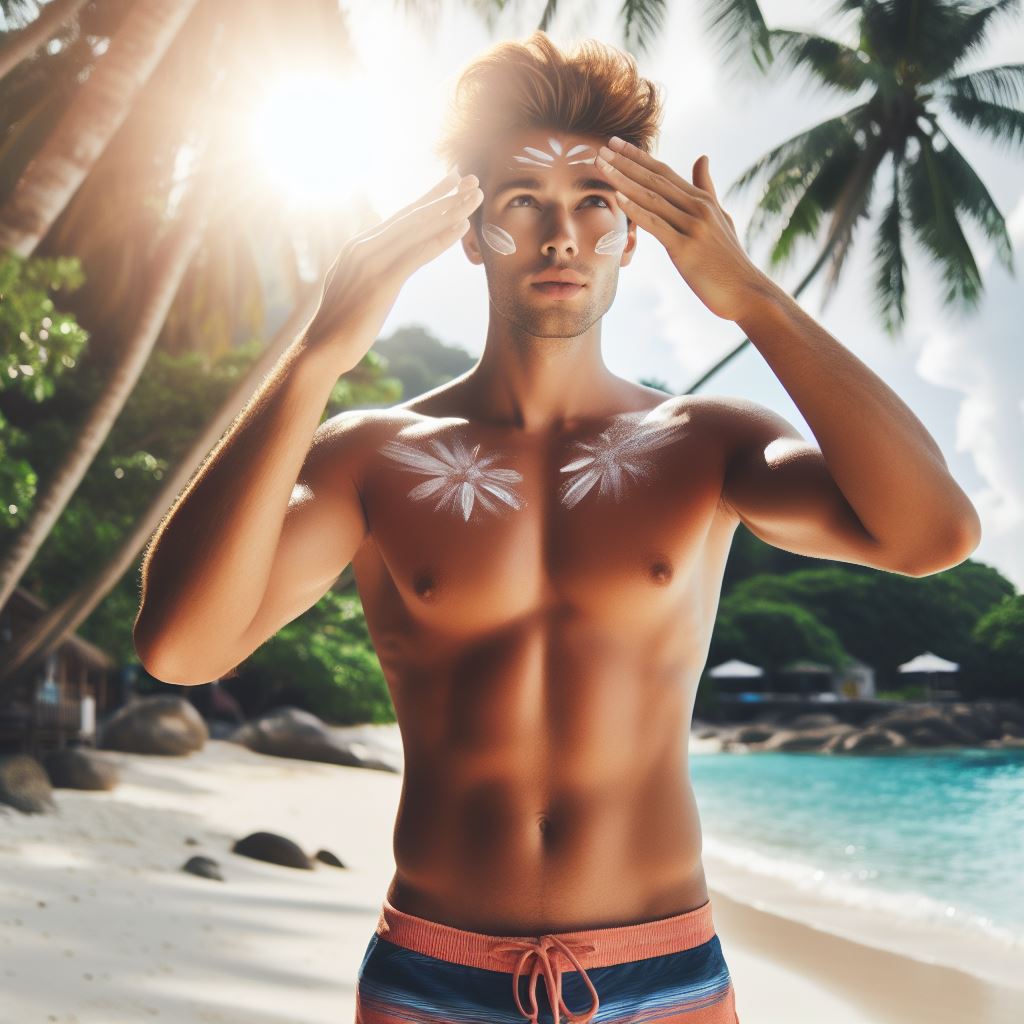
8. Monitor for Side Effects: Keep an eye out for any signs of allergic reactions, skin irritation, or other adverse effects after applying Voltaren. If you experience any unusual symptoms or discomfort, stop using Voltaren and consult your healthcare provider.
9. Do Not Use with Other Topical Medications: Avoid using Voltaren gel or cream with other topical medications unless specifically instructed by your healthcare provider, as this may increase the risk of adverse reactions or interactions.
11. Wearing of clothing or gloves should be avoided for at least 10 minutes after applying Voltaren Gel.
12. Showering: It’s recommended to wait at least an hour after applying Voltaren Gel before showering or bathing. After using the gel, it’s important to wash your hands unless you’ve applied it to the treated joint itself. If you’ve applied Voltaren Gel to your hand(s) for treatment, refrain from washing the treated hand(s) for at least an hour after application.
13. Avoid contact with Eyes: Mucous membranes should be avoided.
14. Dressing: External heat and/or occlusive dressings should not be applied to treated joints.
Who should not use Arnica gel
1. Pregnant or breastfeeding women: The safety of arnica gel during pregnancy and breastfeeding hasn’t been well studied. It’s best to err on the side of caution and consult a healthcare provider before using it.
2. Individuals with sensitive skin or allergies: Some people may experience skin irritation or allergic reactions to arnica gel. It’s advisable to do a patch test on a small area of skin before using it more widely.
3. People with open wounds or broken skin: Arnica gel should not be applied to open wounds or broken skin, as it may cause irritation or increase the risk of infection.
4. Those taking blood-thinning medications: Arnica may have blood-thinning properties, so individuals taking blood-thinning medications or those with bleeding disorders should consult a healthcare professional before using arnica gel to avoid potential interactions.
5. Individuals with certain medical conditions: People with certain medical conditions, such as liver or kidney disease, should consult with a healthcare provider before using arnica gel, as there may be potential risks or interactions.
Who should not use Voltaren Gel
1. Allergic reactions: Individuals who have had allergic reactions to diclofenac or other nonsteroidal anti-inflammatory drugs (NSAIDs) should avoid using Voltaren gel.
2. Asthma or aspirin sensitivity: People with asthma or a history of aspirin sensitivity may be at increased risk of experiencing bronchospasm or severe allergic reactions when using NSAIDs, including Voltaren gel.
3. Pregnancy: Pregnant women should generally avoid using Voltaren gel, especially during the third trimester, as it may increase the risk of complications for both the mother and the baby. It’s essential to consult a healthcare professional before using any medication during pregnancy.
4. Breastfeeding: It’s unclear whether diclofenac passes into breast milk, so nursing mothers should use Voltaren gel with caution and under the guidance of a healthcare provider.
5. Children: The safety and effectiveness of Voltaren gel in children under 18 years old have not been established. Therefore, it should not be used in this population without consulting a healthcare provider.
6. Skin conditions: Individuals with broken or irritated skin at the application site should avoid using Voltaren gel, as it may cause further irritation or complications.
7. Medical conditions: People with certain medical conditions, such as kidney disease, liver disease, heart disease, or gastrointestinal disorders, may need to use Voltaren gel cautiously or avoid it altogether due to potential adverse effects on these conditions.
8. Coronary artery bypass graft: Individual who has had a Coronary artery bypass graft should not use for pain.
Learn about Safety and toxicity of Arnica:
1. Variation in Concentrations: Dosing of Arnica varies across different products, leading to concerns about safety risks associated with higher doses.
2. Preclinical Studies: Oral LD50 of Arnica extract in mice and rats ranged from 54.7 mg/kg to 512.5 mg/kg body weight.
3. Clinical Adverse Effects (Topical): Adverse dermatologic effects commonly reported with topical Arnica therapies include contact dermatitis, rash, itching, and dry skin. Allergic reactions are also common, especially in individuals with sensitivities to plants in the Compositae and Asteraceae families.
4. Clinical Adverse Effects (Oral): Oral formulations pose a greater risk of toxicity and adverse effects compared to topical ones. Reported effects include gastrointestinal issues, dry mouth, headache, drowsiness, lethargy, gastroenteritis, vomiting, diarrhea, shortness of breath, tachycardia, dyspnea, and even cardiac arrest.
5. Anticoagulant and Antiplatelet Effects: Arnica contains coumarin, which can lead to anticoagulant and antiplatelet effects. Its use is contraindicated with anticoagulant or antiplatelet drug therapies due to an increased risk of bleeding.
6. Interactions with Other Medications: Arnica therapy may lower the efficacy of antihypertensive drug therapies.
7. Pregnancy and Breastfeeding: Due to limited data and its toxic components, Arnica is generally considered unsafe during pregnancy. Topical products may be safer during breastfeeding, but caution is advised. Maternal ingestion of Arnica has been associated with hemolytic anemia and increased bilirubin levels in breastfed infants.
Resources
https://www.accessdata.fda.gov/drugsatfda_docs/label/2009/022122s006lbl.pdf
https://www.mdpi.com/2305-6320/8/10/58







